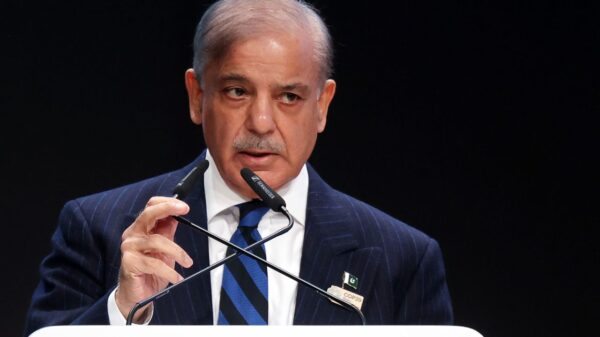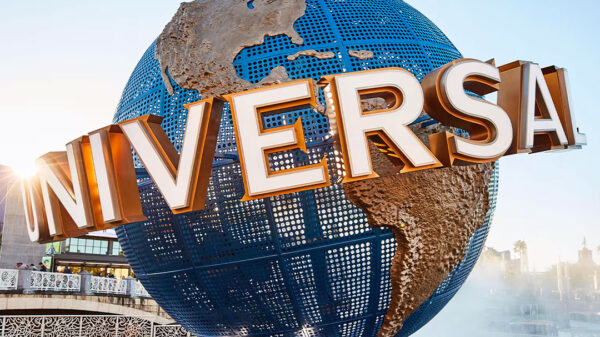Kamala Harris and Donald Trump Campaigns: The Battle for Labor Voters
As Labor Day approaches, the political landscape in the United States is becoming increasingly focused on workers’ rights, economic policies, and the future of the American labor force. Both Vice President Kamala Harris and former President Donald Trump are making significant efforts to appeal to workers, recognizing that labor issues are central to the 2024 presidential election. This intensified focus reflects the critical role that labor unions, blue-collar workers, and economically vulnerable communities will play in determining the outcome of the election.
Kamala Harris: A Progressive Agenda for Workers
Vice President Kamala Harris has made workers’ rights a cornerstone of her campaign, aligning herself with the progressive wing of the Democratic Party. Harris has consistently advocated for policies that aim to improve the lives of American workers, particularly those in low-wage and essential sectors. Key elements of her platform include a $15 federal minimum wage, paid family and medical leave, and the protection of workers’ rights to organize and form unions.
Harris is also focusing on addressing systemic inequalities in the workplace. She has pledged to enforce and expand anti-discrimination laws, ensuring that workers of all backgrounds—regardless of race, gender, or sexual orientation—are treated fairly. By highlighting her work on initiatives such as the Paycheck Fairness Act and her support for the PRO Act (Protecting the Right to Organize), Harris is positioning herself as a champion for marginalized communities and a leader in the fight for workplace equity.
Donald Trump: Returning to Economic Nationalism
Former President Donald Trump is campaigning on a platform that emphasizes economic nationalism and the revitalization of American industry. Trump’s message to workers is centered around his administration’s record on job creation, particularly in sectors like manufacturing and energy, which saw significant gains before the COVID-19 pandemic. Trump’s campaign is making the case that his policies of deregulation, tax cuts, and renegotiated trade deals—such as the USMCA (United States-Mexico-Canada Agreement)—were directly responsible for the economic prosperity experienced during his first term.
Trump is also promising to bring jobs back to the United States by cracking down on outsourcing and pushing for more favorable trade agreements. His rhetoric on “America First” resonates with many blue-collar workers who feel that globalization and foreign competition have eroded job security and wages in the United States. By focusing on these themes, Trump aims to recapture the support of the working-class voters who were instrumental in his 2016 victory.
Divergent Labor Policies: A Clear Choice for Voters
The contrasting labor policies of Kamala Harris and Donald Trump offer voters a stark choice in the 2024 election. Harris’s approach is rooted in social justice and the protection of workers’ rights, advocating for comprehensive reforms that would significantly alter the current labor landscape. Her policies are designed to address the long-standing disparities in pay, working conditions, and job security that disproportionately affect women, minorities, and low-income workers.
In contrast, Trump’s labor policies are focused on economic growth through deregulation and tax cuts. His approach prioritizes the interests of businesses and employers, arguing that a thriving economy will naturally lead to better job opportunities and higher wages for workers. Trump’s campaign is betting that his message of economic revival and job creation will resonate with voters who have become disillusioned with the slow pace of economic recovery under the Biden administration.
Labor Day: A Symbolic Milestone in the Campaign
Labor Day 2024 is not just another holiday; it is a symbolic milestone in the race for the White House. Both campaigns are using the occasion to reinforce their commitments to American workers and to lay out their visions for the future. Harris is expected to participate in events that highlight her administration’s efforts to support workers, including visits to unionized workplaces and meetings with labor leaders. Her message will likely focus on the need for continued investment in workers’ rights and the importance of government intervention in ensuring fair treatment for all employees.
Trump, on the other hand, is expected to use Labor Day to rally his base, particularly in key battleground states where manufacturing and energy jobs are critical to the local economy. His campaign events will likely emphasize his administration’s record on job creation and economic growth, with a focus on how his policies have benefitted working-class Americans. Trump’s message will be one of returning to the prosperity of his first term, contrasting it with what he portrays as the failures of the current administration.
The Stakes for American Workers
The focus on labor issues in the 2024 election underscores the high stakes for American workers. With the country still recovering from the economic impact of the COVID-19 pandemic, voters are keenly aware of the need for policies that will secure their financial futures. For many, the choice between Kamala Harris and Donald Trump will come down to which candidate they believe can best deliver on the promise of job security, fair wages, and a stable economy.
Harris’s platform offers a vision of a more equitable labor market, where government plays an active role in protecting workers and ensuring that economic growth benefits everyone, not just the wealthy. Trump’s platform, meanwhile, promises a return to the policies that he argues led to unprecedented economic success, with a focus on reducing government interference and promoting free-market principles.
Looking Ahead: The Road to the Election
As the 2024 presidential election approaches, the focus on labor issues is expected to intensify. Both Kamala Harris and Donald Trump recognize that winning the support of American workers is crucial to their electoral success. The coming months will see both campaigns doubling down on their efforts to connect with voters on these critical issues, with Labor Day serving as a key moment in their respective strategies.
The outcome of the election will have profound implications for the future of labor in the United States. Whether voters choose the progressive policies of Kamala Harris or the economic nationalism of Donald Trump, the direction of the country’s labor market will be shaped by the choice they make in November. As the campaigns continue to unfold, the focus on workers’ rights, job creation, and economic policy will remain at the forefront of the national conversation.




































